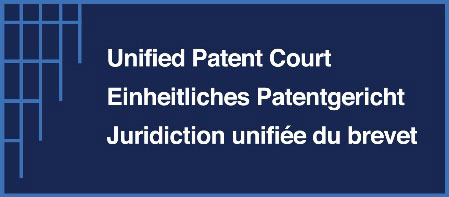Rule 296 – Duration and effects of a stay of proceedings
Print this page1. The stay of proceedings shall take effect on the date indicated in the order to stay or, in the absence of such an indication, on the date of that order. The Court shall stipulate what effect the stay shall have on any existing orders.
2. Where the order to stay does not fix the length of the stay, it shall end on the date indicated in the order to resume proceedings or, in the absence of such indication, on the date of the order to resume.
3. While proceedings are stayed, time shall cease to run for the purposes of procedural periods. Time shall begin to run afresh for the purposes of procedural periods from the date on which the stay of proceedings comes to an end.

















